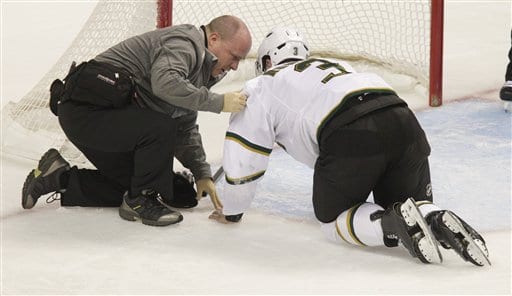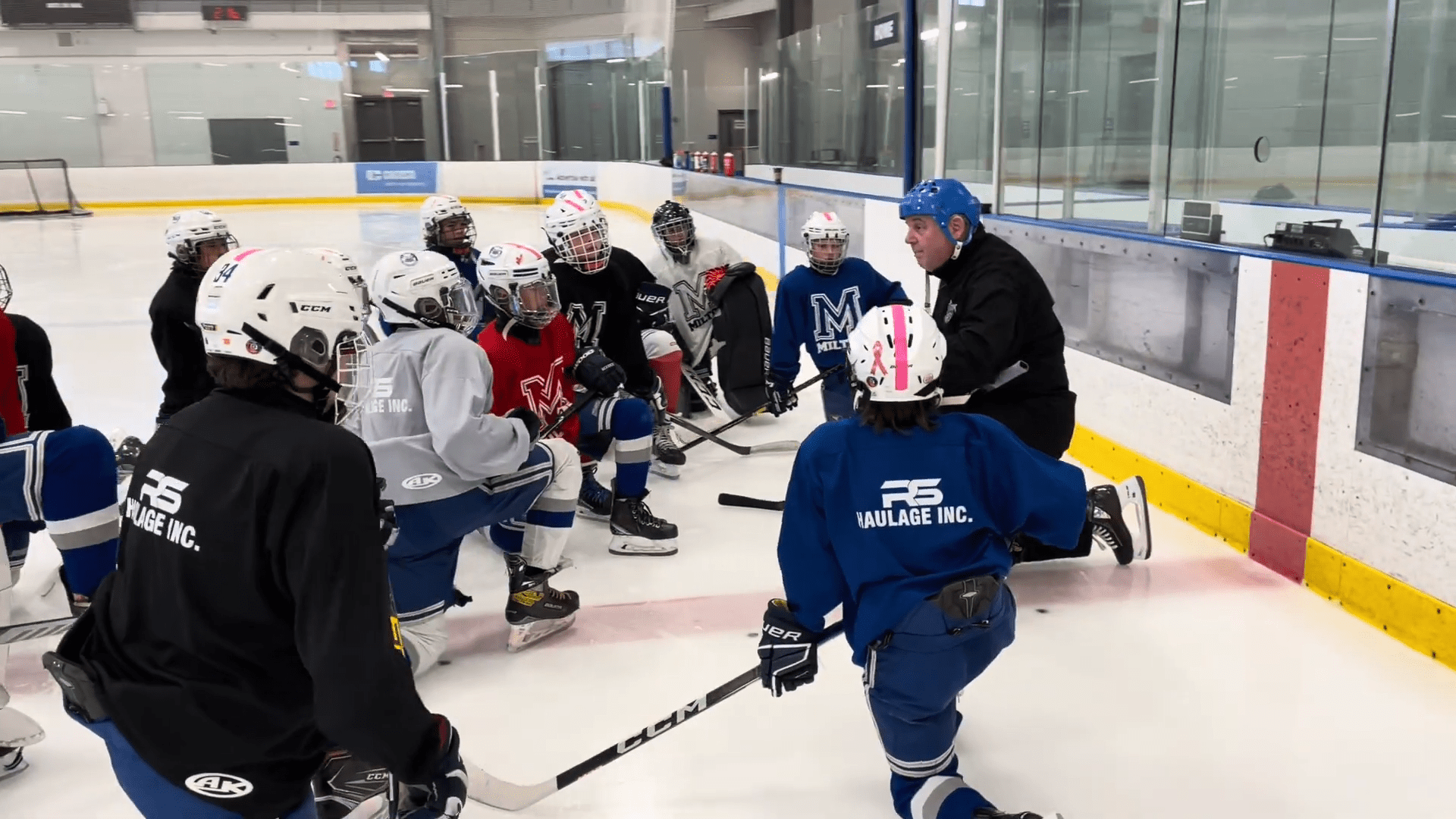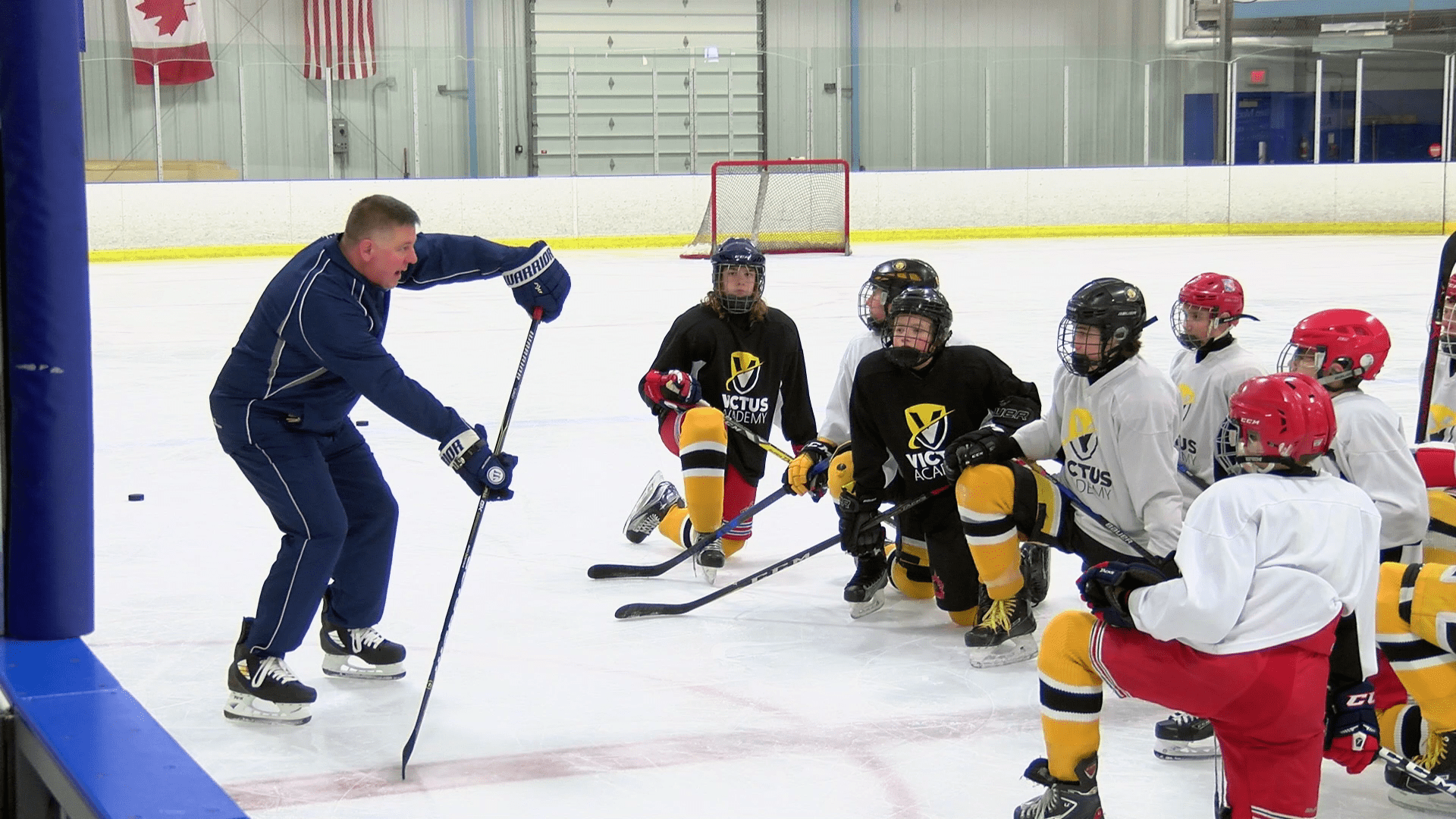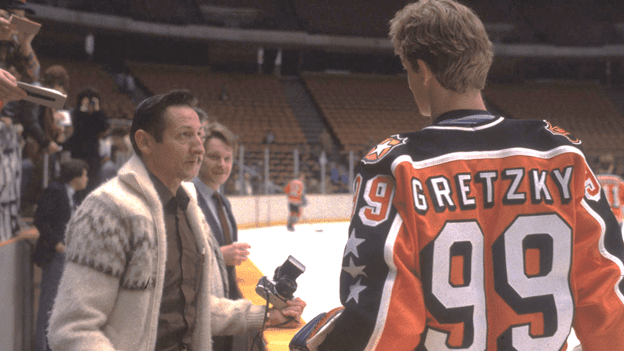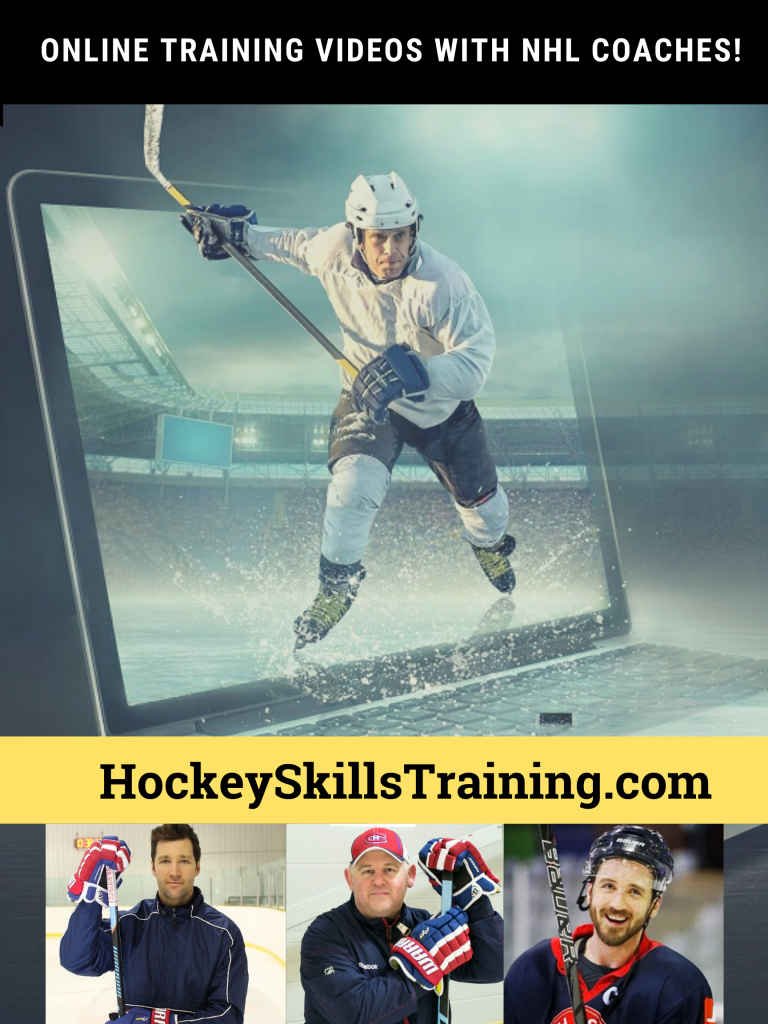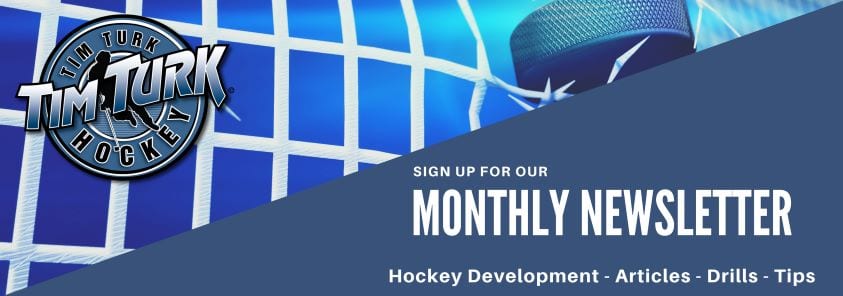While hockey is fun, and usually a safe sport, it’s not totally free of injuries. Even with all the protective gear donned by hockey athletes, injuries can still happen to both amateurs and professionals.
Some causes are obvious, though. With players skating at speeds of up to 30 miles per hour and the pucks shooting at speeds of around 100 mph, getting hurt can no doubt part of the game.
Physioworks.com estimates that 15% of hockey players suffer injury every season. Sure enough, adequate conditioning and warm-up before training and actual games, can all help reduce the risk of suffering hockey injuries.
However, despite putting some safety measures in place, injuries can still occur. This is mostly due to collisions with other players, hard body checks, inadvertent collisions with the walls of the rink and with the ice, direct and indirect blows from the puck, flying sticks, etc.
Sprains and Strains
These are the most easily suffered types of injury in hockey. When a player incurs a sprain, it means they have either stretched a ligament (the tissue which attaches two bones at a joint) or torn it. Strains on the other hand are caused by stretched or torn tendon (a tissue that joins bone and muscle together).
Most common of this sort of injuries is a condition where the medial collateral ligament (MCL), a ligament in the interior of the knee stretches or tears. This can be really painful, but thankfully, it doesn’t require surgery, and an affected player can usually recover within about two weeks. Falling, twisting the wrists, or getting hit while playing hockey may likely cause this condition.
The best on-the-spot remedy for sprains and strains is the RICE (Rest – Icing – Compression – Elevation) technique.
Concussions
Concussions are probably the most familiar but underreported injuries among players on the ice, which sadly doesn’t get as much attention as they do in other sports (e.g., soccer). They are usually the result of a trauma to the head.
Contrary to popular belief, concussions don’t always have to be as a result of knockout blows or direct, blunt force trauma. They can arise from as little as glancing blows from a stick, puck ricochet, or a stray elbow.
Concussions generally affect the brain’s capacity to function normally ─ for a short while that could vary anywhere from two days to several weeks. Symptoms usually include loss of consciousness, dizziness, headaches, general changes in mood, nausea, persistent ringing noise in the ears, ect.
Players are usually advised to seek professional medical attention immediately after a concussion is suspected. Correctly sized and proper face masks and well fastened protective helmets are measures that could help reduce risks of suffering a concussion.
Shoulder Separation
When players run into each other or onto the boards and ice during play, the chances of developing Acromioclavicular joint injuries (commonly known as shoulder separation) increase dramatically. A shoulder separation injury can involve anything from spraining the shoulder joint to complete tearing of the ligaments in the area. Wearing good quality shoulder pads and avoiding hitting or falling on the outside of the shoulder are good protective measures against injury. Strength training can also go a long way to improve stability in the shoulder joints and help reduce the risk of incurring the injury.
Hamstring Injuries
Hamstring muscles spraining and/or tearing are also common in hockey players who skate with explosive speed, because these muscles tend to overload with accumulated pressure and are pulled apart or torn.
Factors include improper warm up, weakness in gluteus muscles, and quadriceps muscle tightness. Minor hamstring pulls usually heal without medication in a short while with enough care. Affected players are advised to elevate and rest their legs when sitting or lying down. They can also use ice, painkillers and anti-inflammatory meds, and slowly resume training based on the relief from symptoms, rather than how long since they sustained the injury. Severe hamstring pulls may take between several weeks to six months to completely heal.
High Ankle Injury
Skates might promise protection against the typical ankle sprains due to their height from the ice, but athletes who possess very high speeds and have to suddenly make rapid direction changes tend to have a higher risk of and high ankle sprains due to torque imbalances. This injury often takes long healing times and can be excruciatingly painful.
Groin Pull
Sudden turns on the ice and rapid bursts of speed while skating can cause groin or hip injury. When the groin or hip muscles are engaged either too forcefully or too suddenly, the muscle tissue in the area faces an increased likeliness of stretching or tearing. Several different muscles including the hip flexor groups and the adductor group are involved in this type of injury.
Fortunately, groin pulls almost never result in surgery. Taking time off the ice, along with cold therapy to gradually reduce pain and inflammation are the best treatments for groin injuries. The risk of pulling a groin muscle can be significantly reduced by wearing compression shorts and properly warming up before a game.
Shin splints
Shin splint manifest as pain down the front of the legs and are usually caused by running for long periods on hard surfaces like concrete, asphalt, or as in hockey – ice. If a player suspends action in the rink for some time and ices the sore area 20-30 minutes at every 3 to 4 hours each day, in a few days, the pain should be gone. Shin splints can usually be avoided by simply wearing shin guards.
Injury risks in hockey, as in any sport, cannot be eliminated, but possible to reduce substantially with correct gear, proper warm ups /cool downs and staying healthy. Fortunately, most hockey injuries are not severe and heal without much medical attention, however upon injury, players who seek immediate therapist attention rather than let injuries linger will sooner be back on the ice!

